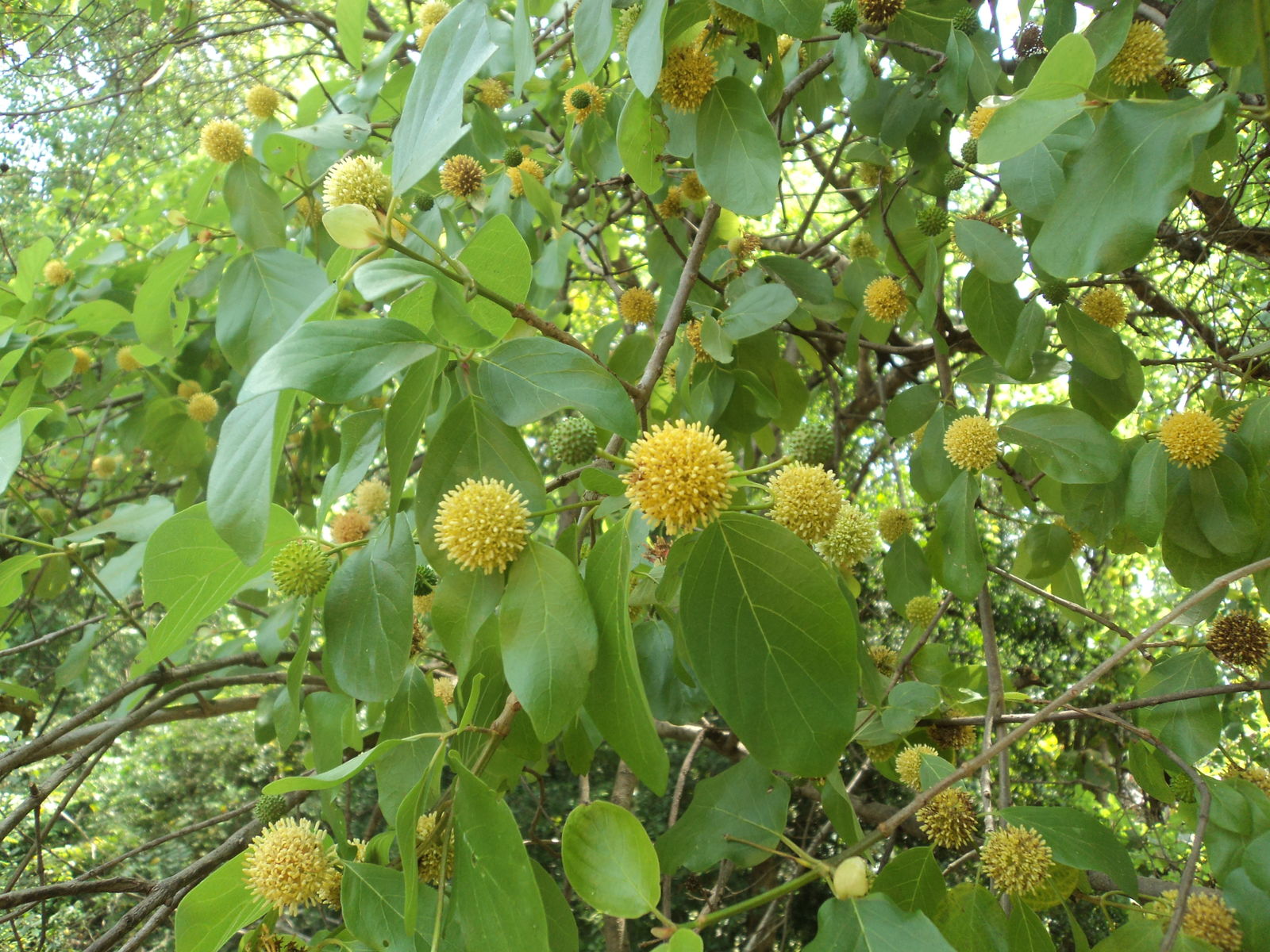Mitragyna parvifolia leaves may serve as a therapeutic agent for lymphatic filariasis, according to a new study conducted by researchers from Madurai Kamaraj University and the Central University of Tamil Nadu in India.

Mitragyna parvifolia.
The study, published in the Journal of Parasitic Diseases, highlights the plant’s diverse bioactivity and underscores its potential for further research as a treatment for this parasitic disease. Mitragyna parvifolia is a relative of kratom, a plant used for thousands of years for its medicinal properties.
Phytochemical analysis of the methanolic leaf extract identified alkaloids, terpenoids, phenols, tannins, and flavonoids, with 24 phytoconstituents confirmed through GC-MS analysis. The primary alkaloid, mitraphylline, was highlighted for its bioactive potential. Functional group analysis using infrared spectroscopy further validated the presence of these compounds.
The extract showed strong antibacterial activity against pathogens such as Staphylococcus epidermidis, Bacillus cereus, and Salmonella typhi. Additionally, in vitro macrofilaricidal testing revealed dose-dependent worm motility inhibition and MTT reduction, underscoring its potential against filarial worms. Larvicidal assays demonstrated notable effectiveness, particularly at a 1% concentration, against Culex quinquefasciatus larvae, a known LF vector.
Antioxidant activity was also observed, with a concentration of 100 µg/ml achieving the highest potency in the DPPH assay. These findings suggest M. parvifolia’s leaves possess a combination of antibacterial, macrofilaricidal, larvicidal, and antioxidant properties.
“The study highlights the plant’s diverse bioactive compounds, antibacterial and macrofilaricidal activities, larvicidal efficacy, and significant antioxidant properties”, concludes the study. “Future investigations, including in vivo experiments and clinical trials, are warranted to validate the safety and efficacy of M. parvifolia as a potential therapeutic agent for LF.”





